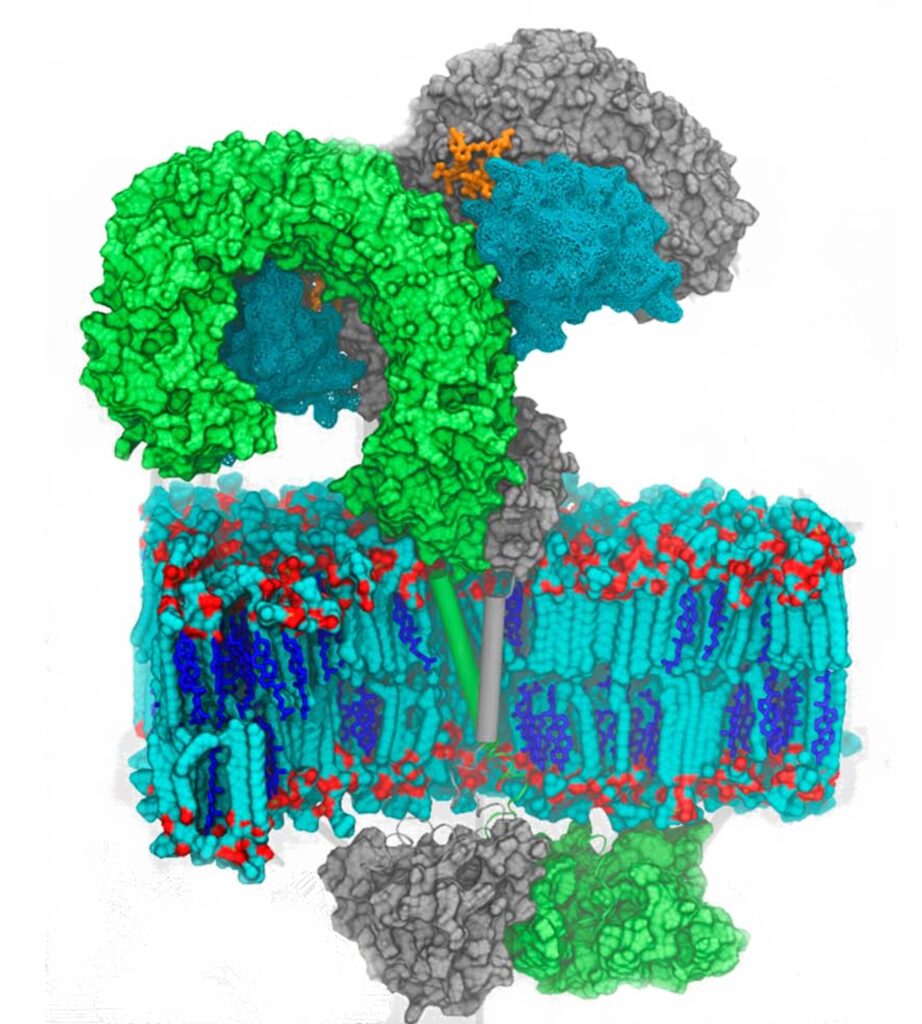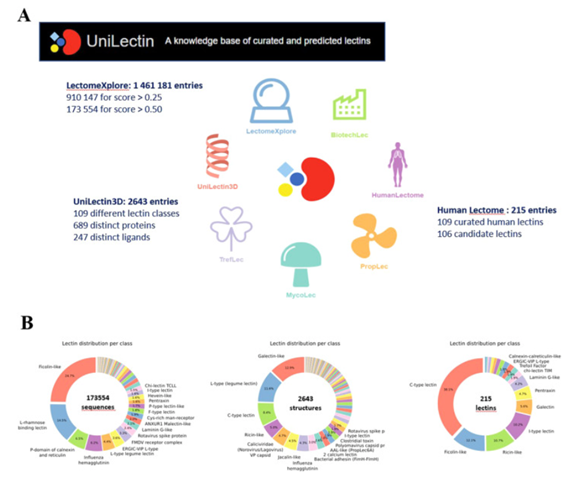/Glycans participate in many biological phenomena, tuning the response in innate immunity, metabolism and cellular signalization. Studying carbohydrates and glycan-binding proteins using computational techniques provides valuable insights into the role and recognition of such sophisticated systems. In particular, molecular dynamics simulations can bring insight into the activation mechanism and the dynamic behavior of naturally and non-naturally occurring glycans, including glycomimetic drugs.

The review article revises the current tendencies in carbohydrate modelling and illustrates how computational simulations can set the basis for understanding carbohydrates’ role and promote drug discovery in the glycomics field. and provides:
• an overview of carbohydrates and carbohydrate-binding proteins
• an overview of the main computational tools to study carbohydrates and their interactions with proteins with a particular focus on molecular dynamics simulations.
• an illustration with representative and recent examples of how MD simulations provide insights at the atomic level for the understanding of the molecular recognition events underlying the biological functions of carbohydrate-binding proteins.



